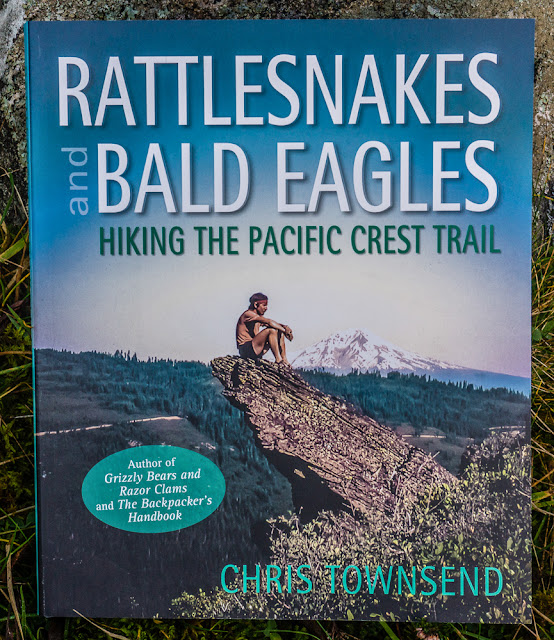 |
| Late afternoon brightness far to the west |
September has ended with a week of stormy weather, culminating in a day of torrential rain and ferocious winds. The day before there was a brief weather window, the afternoon looking dry and not too windy, so I went to the Ryvoan Pass and Meall a'Bhuachaille to see how far autumn had progressed in the woods and in the hills.
The air was still and humid, the woods wet and silent. Birches had touches of yellow, the bracken was beginning to fade. One bronze frond stood alone, startlingly bright in the rain-dulled forest. Fungi lined the path, yellow, red and brown.
Spiders webs picked out by raindrops covered clumps of heather, always a sign of autumn.
Leaving the last trees I could see wisps of mist drifting across the gentle rounded dome of Meall a'Bhuachaille below a surging cloudscape.
As I climbed higher I could see further mists slowly trailing over the damp landscape. On the summit there was a light breeze, just enough to have me donning a shirt over my base layer. It wasn't really cold though and the shirt was off again soon after I started the descent.
Not far below the summit were more fungi, high above the forest. In the far west a low strip of sky was bright and orange where the sun broke through distant clouds. Then as I entered the trees again there was blue sky above and white clouds piling up into the sky. It didn't last. Light rain began to fall just before I reached the car.






















